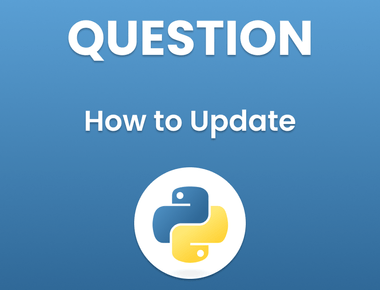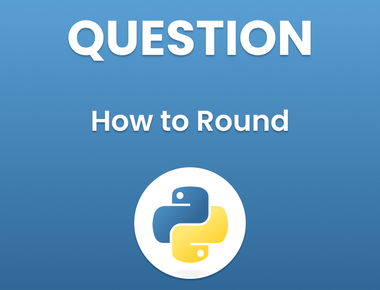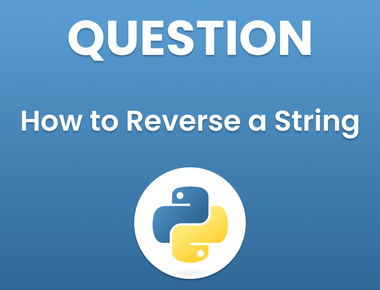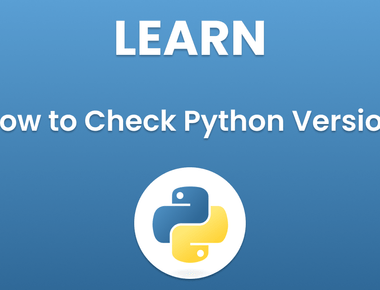Table Of Contents

Introduction:
As a programmer, you may have encountered situations in which you must exit your Python program from the terminal. While this task may appear straightforward to experienced programmers, unfamiliar with terminal commands and keyboard shortcuts may find it confusing. In this guide we’ll cover various methods for exiting Python from the terminal, including keyboard shortcuts and code snippets. By the end of it all you’ll have a complete understanding of How to Exit Python Program in Terminal and prevent any unwanted errors.
How to Exit Python Program in Terminal Using Keyboard Shortcuts
One of the quickest and most reliable ways to exit your Python program in the terminal is by using keyboard shortcuts. Here are the steps:
- Press the Ctrl and C keys simultaneously.
- If you’re prompted to confirm the exit, type ”y” or ”yes” and hit Enter.
- Your Python program should now exit gracefully.
How to Exit Python Program in Terminal Using Code Snippets
If your Python program is more intricate, code snippets may be required to ensure proper exit. Here are some common methods:
Use the ”sys.exit()” function, included in the Python standard library, to exit a program with an optional status code. Here’s an example:
import syssys.exit()
Use the ”os._exit()” function to quickly end a program without calling any cleanup functions or flushing any pending I/O data. For example:
import osos._exit(0)
Note: Caution should be exercised when utilizing these functions, as they can have undesirable side effects and prevent the program from exiting gracefully.
How to Handle Exceptions When Exiting Python Program in Terminal
When exiting your Python program in the terminal, you may come across exceptions that need to be handled appropriately in order to prevent any unexpected errors. Here are some tips for success:
Use a try-except block to catch any exceptions that may occur when exiting the program. Here is an example:
try:sys.exit()except SystemExit:# Handle the exception here
Make use of the “atexit” module to register cleanup functions that will be executed upon program exit. For instance:
import atexitdef cleanup():# Do cleanup actions hereatexit.register(cleanup)
Note: It is essential to handle exceptions and register cleanup functions so your program exits gracefully, avoiding any unwanted errors.
Common Mistakes When Exiting Python Program in Terminal
Even experienced programmers can make mistakes when exiting their Python program from the terminal. Here are some common issues to avoid:
- Neglecting to save changes before exiting the program.
- Misusing keyboard shortcuts for exiting out of programs.
- Utilizing ”kill” command in place of ”exit”, which may leave behind orphaned processes and cause other issues.
- Utilize the ”exit()” command of the Python interpreter to exit your program without using keyboard shortcuts or code snippets.
FAQs
Q: Can I exit my Python program without using keyboard shortcuts or code snippets?
A: Yes, you may use “exit” from within the Python interpreter to exit out of it.
Q: What happens if I fail to handle exceptions when exiting my Python program?
Your program may not exit gracefully and could lead to unexpected errors.
Q: Can I use the same keyboard shortcut for exiting other programs in the terminal?
No, keyboard shortcuts for different programs may vary.
Q: Can I exit my Python program in the terminal without terminating its entire session?
A: Absolutely - using “exit()” function of Python interpreter will let you exit your program without ending entire terminal session.
Tips for Exiting Python Program from Terminal
Here are a few tips to help you exit your Python program from the terminal smoothly:
- Save your changes before exiting the program to protect any unsaved work.
- Use an appropriate keyboard shortcut when exiting, as using one that causes errors can occur.
- Handle exceptions properly so your program exits gracefully.
- Do not use the “kill” command to exit your program, as this could potentially cause other issues.
- Test your program thoroughly prior to exiting it to verify that everything works as expected.
Conclusion
Exiting your Python program from the terminal may seem like a straightforward task, but it’s essential to do it correctly in order to prevent any unwanted errors. In this guide, we’ve explored different methods of exiting your program using keyboard shortcuts and code snippets as well as discussing exception handling and common mistakes to avoid. By following these guidelines, you can ensure your Python program exits smoothly in the terminal without any issues. Remember to test it thoroughly before closing out of the terminal in order to confirm everything works as expected before proceeding with final exiting it
Subscribe to our newsletter!
Quick Links
Legal Stuff
Social Media







